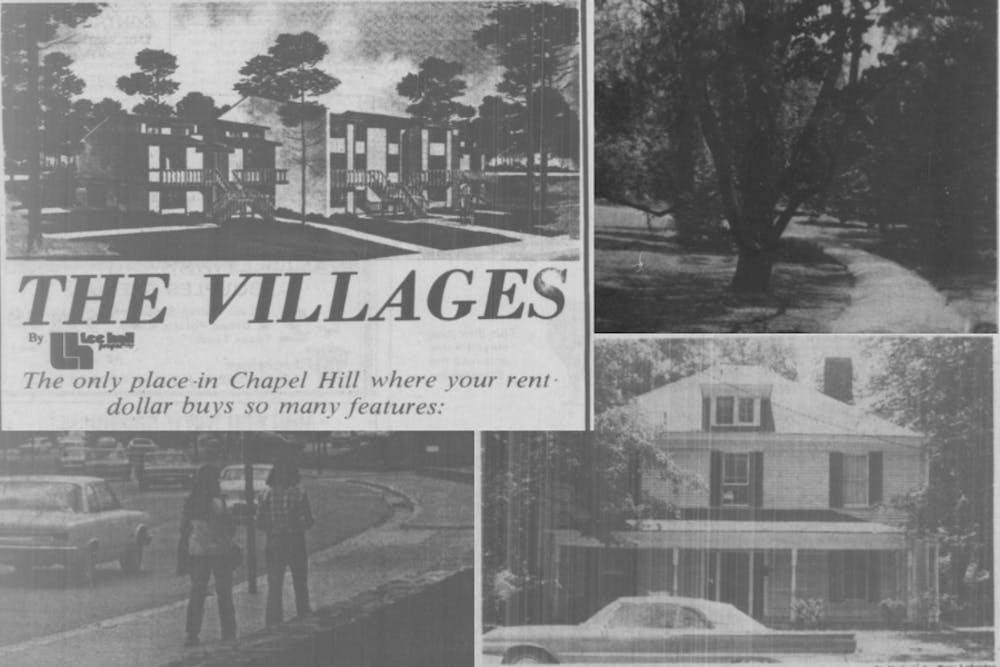In 1975, Chapel Hill received its first Community Development Block Grant. This funding is from the U.S. Department of Housing and Urban Development and can be used for affordable housing, community development and public service projects.
Keith Edwards was another Northside resident interviewed for the "Histories of Homes" project. In her interview, she said she remembers when the first round of funding came and residents were offered the option of getting a new house or remodeling their old homes.
Her mother opted for a new house, but Edwards said during the interview that, although their old house was cramped, she was happier there.
“That house represented a time when we really had a community," she told the interviewers. "This house represents that our time is about up over here."
Ashley Hernandez, an assistant professor in UNC’s Department of City and Regional Planning, said one of the negative effects of gentrification is community destabilization.
“When you have to move, you’re moving from your networks," she said. "You’re moving from your sense of place that you've created."
Before the effects of gentrification, residents in Northside could afford homes with middle-class incomes. According to Historic Chapel Hill, 309 McDade St. was inhabited by Clyde Williams, a waiter at the Delta Kappa Epsilon fraternity house, in 1957.
In 1988, 309 McDade St. sold for $42,000 — which would be about $109,000 today. Thirty-five years later, the same house is appraised at $564,500, a 1,244 percent increase.
1980 was a turning point for Northside — the population of Black residents and rates of homeownership began rapidly falling as the demand for student rentals increased. The Black population of Northside dropped by 40 percent between 1980 and 2010, according to the Marian Cheek Jackson Center.
R.D. Smith told the "History of Homes" interviewers that residents died or their children sold the homes. He said most of the houses on their street eventually became rentals. By 1990, the white population in Northside was about equal to the Black population.
Sarah Viñas, the director of affordable housing and community connections for Chapel Hill, said the Town’s commitment to affordable housing projects has helped advance racial housing equity.
“One of the main strategies that we have invested in over the last several decades specifically to address racial inequities has been home ownership to help Black community members and other residents of color build equity,” she said.
To get the day's news and headlines in your inbox each morning, sign up for our email newsletters.
In 2015, the Northside Neighborhood Initiative was established and received a $3 million loan from UNC. The initiative aimed to help long-term residents remain in their homes, attract new residents from diverse backgrounds and increase availability of housing and financing options for properties in the neighborhood.
Since the implementation of the plan, Northside has seen a rise in its Black population for the first time since the 1980s, and more than 30 units have been developed for affordable housing.
Early this month, the Chapel Hill Town Council unanimously approved the 2023 Affordable Housing Plan and Investment Strategy, which will dedicate $50 million over the next five years to address the local housing crisis.
One of the specific goals of the plan is to minimize the risk of displacement for residents in Northside by bolstering tenants' rights, creating relocation assistance packages and dedicating funds to the preservation of existing homes.
“Our council unanimously approving that plan and investment strategy really, really reflects their understanding and their level of priority that they have put on affordable housing,” Viñas said.
@fanning_sophia
@DTHCityState | city@dailytarheel.com




